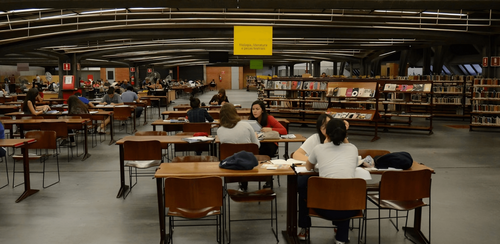No blog
Entrevistas e ideias que estão moldando o futuro do trabalho

Latest article

🌱 Pluria 2025 Spring Release
Você já sabe: com a Pluria é fácil trabalhar de qualquer lugar e ter só dias bons, daqueles que realmente recarregam sua energia.
Neste outono, lançamos atualizações que deixam tudo ainda mais si[...]

Por Andrei Crețu
21 May, 2025









